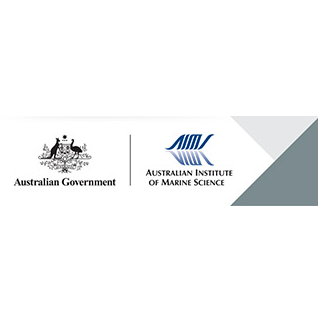Full description
In August/September 1995, visual surveys of seagrass abundance were undertaken along 47 transects, located along the eastern and western coasts of Exmouth Gulf. Transects extended from the shoreward to the seaward border of the zone vegetated with macrophytes. Spot checks were made at approximately every 10m to 20m along each transect and the percent cover and type of vegetation (identified to genus, where possible) were recorded. When there was taxonomic uncertainty, voucher specimens were taken for later identification.Destructive sampling was carried out along transects at three sites: Tent Island (2 transects), Simpson Island (2 transects) and Exmouth Town (3 transects). Five or ten 0.25m² quadrats were randomly placed along each 50m transect. Quadrats were photographed, the percent cover of macrophytes was estimated and the density of seagrass was measured. From each site, the species composition of 5 Cymodocea samples was quantified.All biomass was removed from each quadrat including seagrass roots and rhizomes to a depth of 20cm. Below ground material from Thalassodendron ciliatum was not collected. After drying samples for 48 hours at 70°C, epiphytes were removed and the remaining sample was ashed for 18 hours at 450°C and the dry weight determined. Subsamples were analysed for total carbon and nitrogen.At the three sites, all distal shoots of Cymodocea serrulata occurring along a 20m transect were tagged and at Exmouth, 25 shoots of Thalassodendron ciliatum were also tagged. After 6, 12 or 16 days (depending on the site), complete shoots were collected, measured and divided into new and old parts of leaves. The material was then dried and analysed for carbon and nitrogen content.This research was initiated to collect data on biomass and production rates of seagrasses to assess their potential contribution to the food webs of Exmouth Gulf.
Lineage
Maintenance and Update Frequency: notPlannedNotes
CreditSchaffelke, Britta, Dr (Principal Investigator)
Modified: 22 08 2025
text: westlimit=114.083333; southlimit=-22.416667; eastlimit=114.583333; northlimit=-21.916667
Seagrasses and seaweeds (macroalgae) in Exmouth Gulf: their distribution and importance in primary production. AIMS Western Australian Research Activities, 1996: Schaffelke B, McCook LJ, Klumpp DW and McKinnon AD (1996) Seagrasses and seaweeds (macroalgae) in Exmouth Gulf: their distribution and importance in primary production. AIMS Western Australian Research Activities, 1996. Australian Institute of Marine Science.
local : articleId=3344
Biomass and productivity of a tropical seagrass community in North- West Australia (Exmouth Gulf): Schaffelke B and Klumpp DW (1996) Biomass and productivity of a tropical seagrass community in North-West Australia (Exmouth Gulf). pp. 13-20. In: Kuo J, Walker DI and Kirkman H (eds) Seagrass biology: scientific discussion from an international workshop: Rottnest Island, Western Australia, 25-29 January 1996. Faculty of Science, University of Western Australia. 276 p.
local : articleId=2836
Link to data available on the Atlas of Living Australia
uri :
https://biocache.ala.org.au/occurrences/search?q=taxa%3A%22seagrass%22#tab_mapView![]()
- global : 272b4e4b-2fdd-4945-be5c-0565f6b5d6dd


